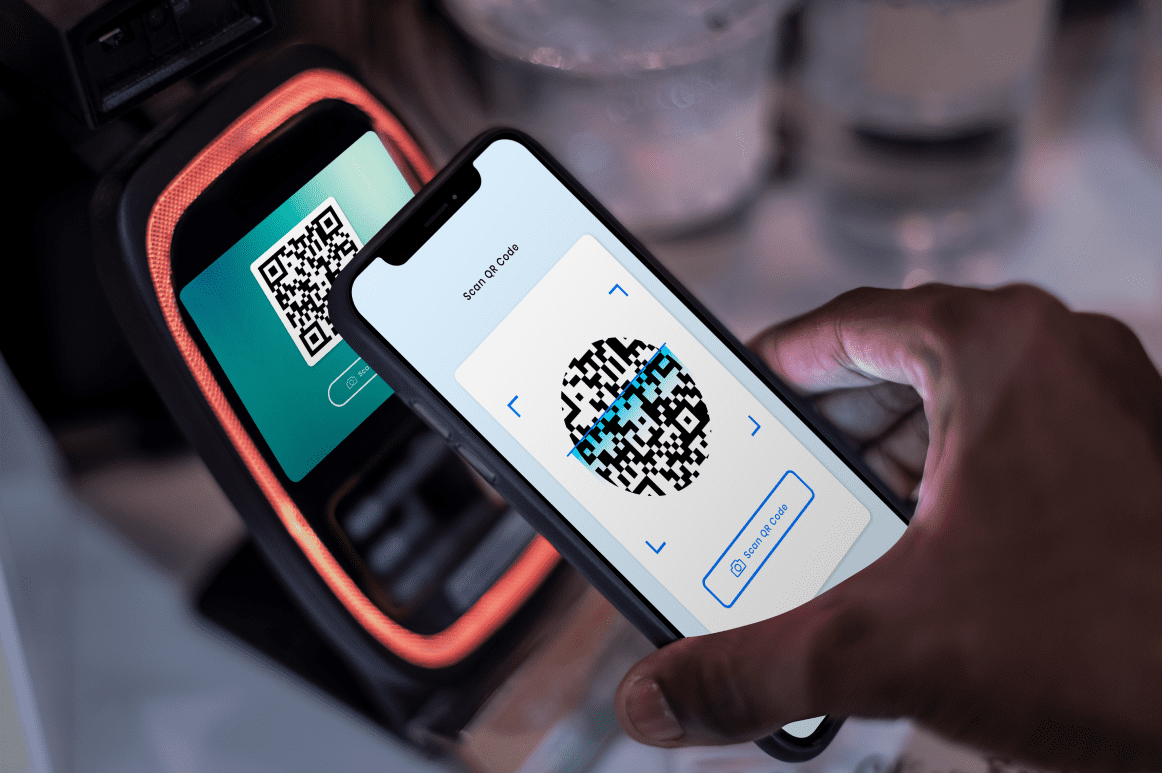Data analytics are crucial for the success and growth of every business, regardless of size. Kerala Data Analytics technologies are widely utilized in commercial businesses to help firms make better business choices and by scientists and researchers to validate or refute scientific models, ideas, and hypotheses.
With the immense rise in the demand for data analytics, the government of Kerala has started an initiative of the government for data analytics development. A Data Analytics Programme has been started by the Indian Institute of Information Technology and Management, Kerala.
Four Types of Data Analytics
Descriptive Analysis
Descriptive data analysis is the initial form of data analysis. It is at the heart of all data insight. It is the most basic and widespread application of data in business today. The descriptive analysis examines previous data, which is displayed in the form of dashboards.
Diagnostic Analysis
The diagnostic analysis delves further into the descriptive analytics findings to determine the root causes of those results. This form of analytics is used by businesses because it builds more connections between data and finds patterns of activity. Creating comprehensive information is an important component of diagnostic analysis.
Predictive Analysis
Predictive analysis is the next level to descriptive and diagnostic analysis. Predictive analysis uses previously summarised data to generate reasonable predictions about the occurrences. This research is based on statistical modelling, which necessitates more technology and personnel in order to predict.
Prescriptive analysis
The prescriptive analysis is the main feature of data analysis, integrating the knowledge gained from previous analysis to decide the best course of action to follow in a current problem or choice. The prescriptive analysis makes use of cutting-edge technology and data methods. It is a significant organizational commitment and businesses must ensure that they are prepared and willing to put out the necessary time and resources.
Each form of Data Analysis is linked and, to some extent, depends on the others. They each serve a unique role and give different insights.




